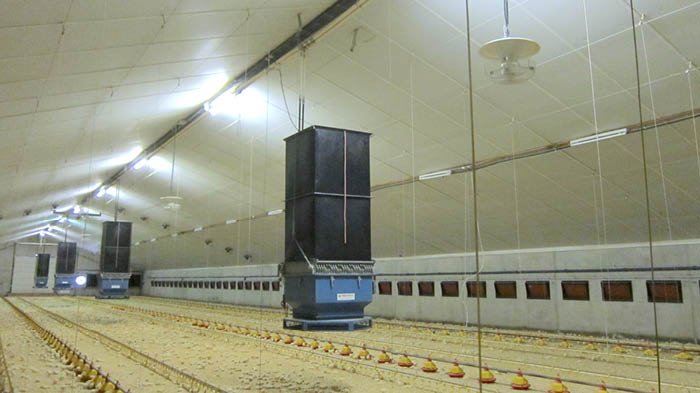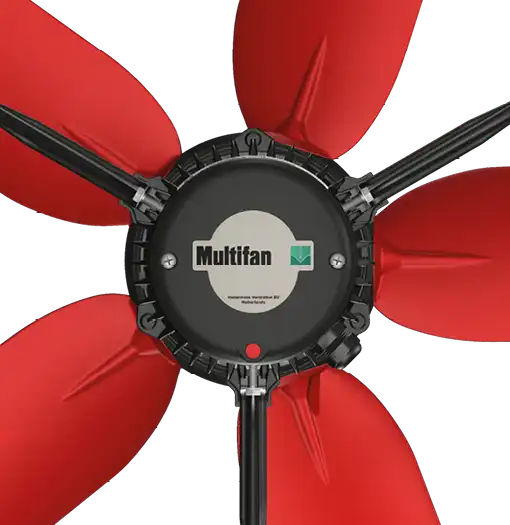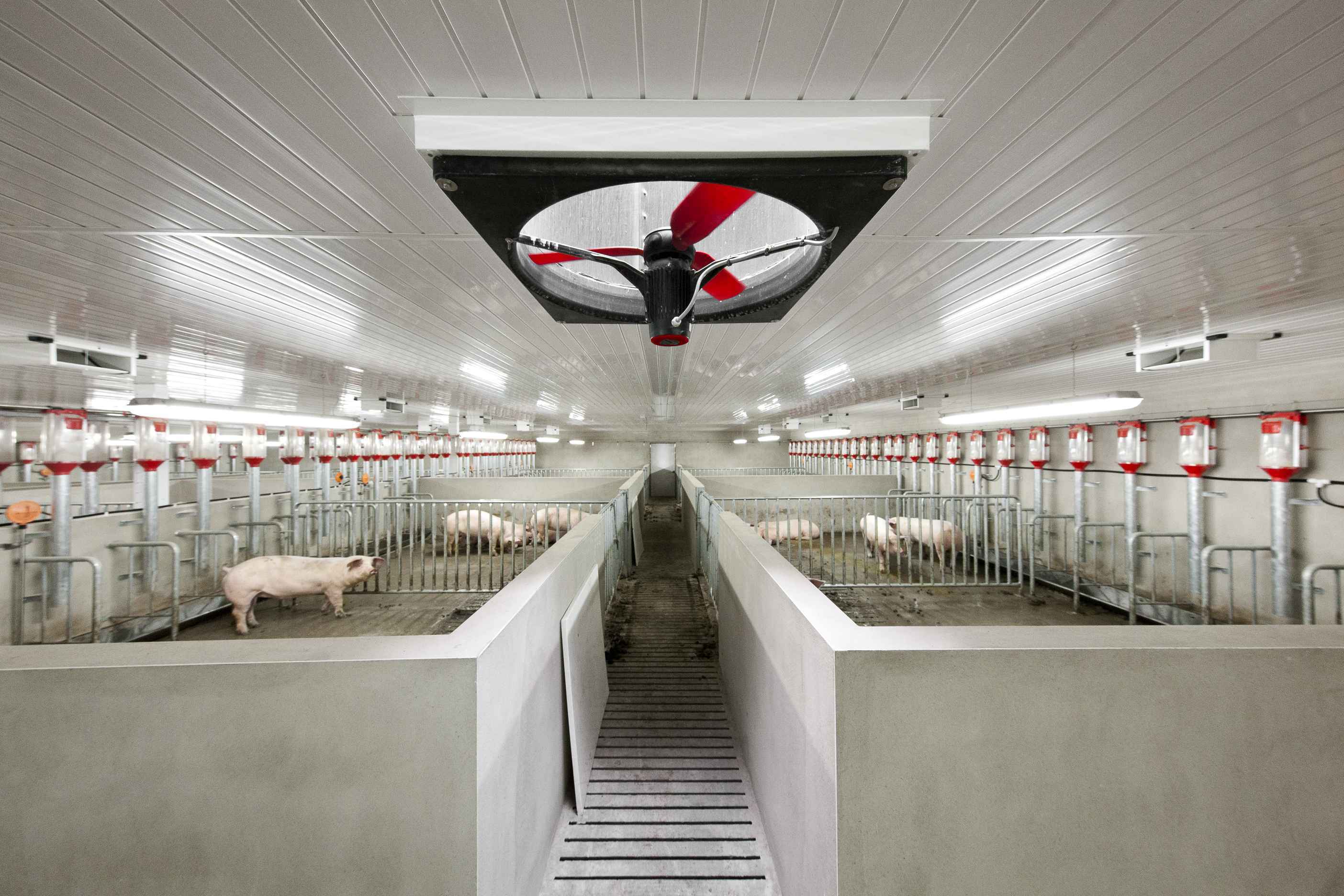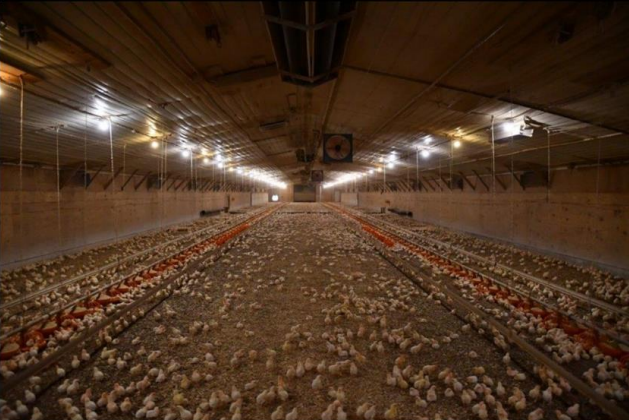For poultry barns, air quality is very important. The air contains several gasses (NH3, CO2), dust and moisture. When these particles rise above a certain level, they can become harmful and should be removed. In this article we discuss minimum ventilation and how it helps avoid harmful environments in poultry barns.
What is minimum ventilation?
Minimum ventilation is the essential ventilation that is required to sufficiently refresh the air and maintain a healthy climate. Minimum ventilation is likely the most important criteria imaginable in a barn. With minimum ventilation, we try to maintain an optimal barn climate with the least possible heat loss.
How do you measure minimum ventilation in a poultry barn?
Minimum ventilation can be measured through the levels of CO2 in an area. This value is measured in parts per million (ppm). When more than 3000 ppm are measured, ventilation is inadequate. When there are less than 2000 parts per million, ventilation is excessive.
The amount of minimum ventilation is partly dependent on the following 4 factors:
- Animal weight
- Outside temperature
- Humidity
- Inside heating
“A chicken is actually quite resistant to higher levels of humidity (Slightly warmer/sticky environment) within the limits of the temperature. However, a higher humidity is detrimental for the quality of the litter the animals are kept on. Almost all the different types of housing for our chickens are equipped with a free-range space covered with litter. Especially for young animals that require a high room temperature (and with that, heating) the heat losses can be significant. Too much minimum ventilation can thus be economically damaging and unnecessary for comfort.” – Mr Rodenboog, climate specialist and zoo technician at De Heus Voeders B.V.
What are the basic requirements of minimum ventilation?
Successful minimum ventilation has four main requirements
Pressure
Sufficient static pressure is required to mix the incoming cool air with the warm air above the poultry. This is important to prevent the cold air to fall directly on the floor, cooling down the chickens and allowing for condensation with wet litter as a result.
Openings
To allow static pressure to create a good throw of air, the correct amount of air inlets need to be unlocked and opened.
Setup
The correct setup of fans (fans and air inlets) to spread all incoming air throughout the entire barn
Cycle time
To maintain good air quality, the minimal cycle time (switching fans on and off) must be suitable for the size/age of the chickens.
The direct result of not meeting one or more of these requirements for minimum ventilation are often: Wet floors, a high concentration of ammonia, high-energy bills and poor performance.
Would you like to read more about the different ventilation possibilities and the appropriate fans for poultry barns? Have a look at our poultry page.




